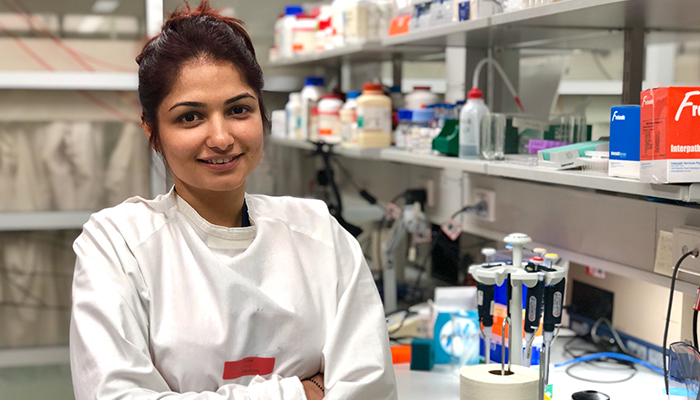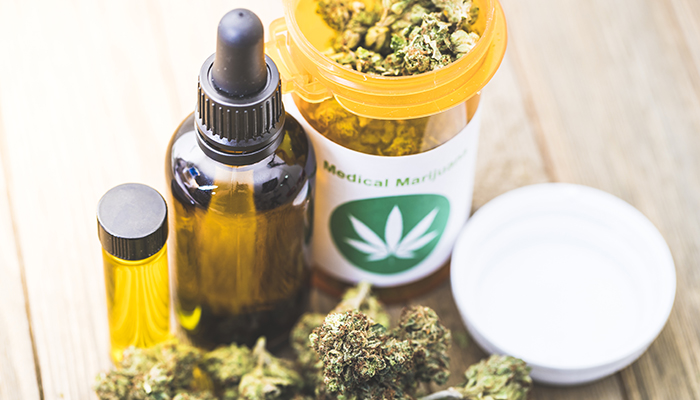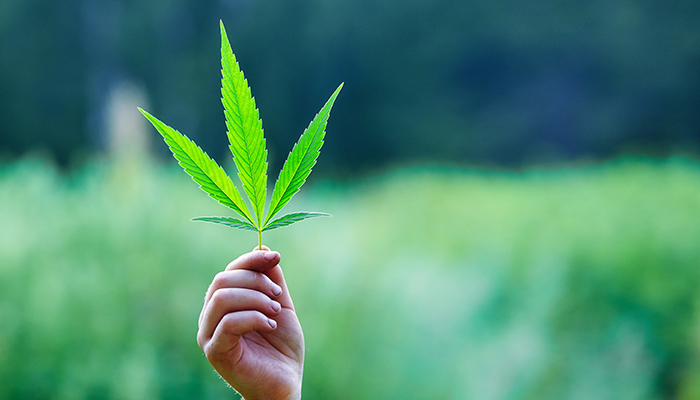Over a decade ago, the TV series Breaking Bad featured the character of Walter White, the high-school chemistry teacher-turned-meth-maker – and a global audience got an insight into the dangerous world of designer drug-making.

Hard-hitting impact: they're cheap, potent and widely available but synthetic drugs are poisoning people all over the world says pharmacologist Shivani Sachdev.
It’s a world that has grown exponentially, as clandestine chemical laboratories around the globe now pump out ‘new psychoactive substances’ (NPS) at an alarming rate, cooking up synthetic drugs designed to mimic established substances like cannabis, cocaine, and opium – but which are often far more dangerous than the original.
Macquarie University pharmacologist Shivani Sachdev has now come up with a way to safely test the strength and effects of synthetic cannabinoids, a group of drugs causing hundreds of deaths and hundreds of hospitalisations around the world.
“Synthetic drugs are cheap, potent and widely available – and they have become a dangerous epidemic, literally poisoning people all over the world,” says Sachdev.
“If people began dying of any other kind of poisoning, there would be immediate action and we would immediately look for safe alternatives but there has not yet been emergency action to address this crisis.”
People have died from just a small dose of some of these synthetic cannabinoids, which act in very different ways to the plant and which are far more potent.
Sachdev says that users often assume that synthetic cannabinoids are like marijuana and relatively benign – but many are highly addictive, causing hallucinations, paranoia, violent behaviour, seizures, kidney damage, heart failure and death.
More people die from an accidental drug overdose in Australia than are killed on our roads; about one in five accidental deaths in 2016 were attributed to drug use and drug deaths from synthetic cannabinoids are on the rise, according to Australia’s 2018 Overdose Report.
The report showed that cannabinoids made up about 0.1% of drug deaths, in the five years to 2006; by 2016, they accounted for 0.5% of drug deaths – and that ratio is on the rise.
There’s a blanket ban across four Australian states (New South Wales, Queensland, Victoria and South Australia) on possessing or selling any substance that has a psychoactive effect (apart from alcohol, tobacco and food) – and synthetic cannabinoids are captured by these regulations. But other states and territories are less clear, banning specific NPS substances and regularly adding new ones to the list.
Research uncovers the potent nature of synthetics
Synthetic cannabinoids have names like Spice, Kronic, K2 and Fake Weed. Some are dissolved and then sprayed onto dried leaves or even paper in an inexact process with uneven strength and then marketed as ‘synthetic marijuana’, which Sachdev says is very misleading.

Dangerous and disturbing: synthetic cannabinoids act in very different ways to the plant and Macquarie research has found some are 300 times more powerful than cannabis.
“People have died from just a small dose of some of these synthetic cannabinoids, which act in very different ways to the plant and which are far more potent,” she says.
Sachdev’s research has compared the activity of more than 20 different synthetic cannabinoids to the psychoactive ingredient tetrahydrocannabinol (THC), found in the cannabis plant.
“This is the first research to quantify the strength of these compounds and what we found is very disturbing; some of these synthetic drugs were 300 times more powerful than cannabis.”
Her research has been accepted for publication in the British Journal of Pharmacology.
Sachdev is working in Professor Mark Connors’ laboratory, using automated high-throughput screening to test the pharmacology of these drugs and how it affects brain cells.
“Using fluorescent signalling, we can identify the real-time activity once the drug is added to the brain cells, and watch how it acts and how potent it is,” she explains.
- How baker's yeast made in a lab is set to change the world
- Bush remedies leading to advances in modern medicine
- Zebrafish take science a step closer to an MND cure
The lab collaborates with the European Monitoring Centre for Drugs and Drug Addiction (EMCDDA), providing rapid screening of synthetic cannabinoids which helps get early warnings out to public health and law enforcement agencies and to consumers.
Sachdev learned about synthetic cannabinoids while studying a Masters in Pharmacology at Macquarie University. “It hit home because I have a relative who has struggled with these drugs,” she says.
Her family didn’t speak much about her relative, an academically-gifted young man whose career was affected by his addiction and who had gone through several stints of drug rehabilitation.
“Our family hadn’t spoken much about it because there’s such a stigma attached but realising how powerful and dangerous these new psychoactive substances are made me decide that I wanted to research this field." she says.
“Being able to quantify the impacts might help us to understand how to combat it and how to fight the adverse effects of these drugs.”
How synthetic cannabinoids came about
By the end of 2018, there were 888 different substances registered with the United Nations Office of Drugs and Crime (UNODC) Early Warning Advisory on New Psychoactive Substances (NPS), by governments, laboratories and partner organisations.
About a third of these new psychoactive substances were synthetic cannabinoids and they now make up a multi-billion-dollar drug market.
Synthetic cannabinoids were first formulated by Professor John Huffman, a US chemistry professor who hoped to develop a new painkiller.
Biologists in the 1990s had uncovered a system of cannabinoid receptors in our brain and nervous system linked to the body’s own naturally-occurring signalling molecules, called endocannabinoids, which affect pain, sleep, mood, appetite and memory. These receptors were key to how cannabis gets people high but weren’t well understood.

Naturally grown vs man made: Synthetic cannabinoids can be far more potent and dangerous than the plant version, warns Sachdev.
Huffman and his team synthesised hundreds of new compounds based on the molecular structure of various active ingredients in cannabis, testing them on rat brain tissue to trigger cannabinoid receptors. The team published their findings – including the formulae – in prestigious journals.
Ten years later, one of these compounds – named JWH-018, the 18th that Huffman had created – was found in a new drug called Spice. Created in a Chinese lab, Spice was sold legally as ‘herbal incense’ but soon gained popularity worldwide as a potent recreational drug.
Synthetic cannabinoid manufacturers trawl through scientific journals and law-enforcement ban lists, attempting to stay one step ahead of the law, tweaking the complex chemical structures to develop new drugs to replace those that are banned.
“It’s very different to selectively breeding marijuana plants or growing them hydroponically to try and make varieties that are stronger,” says Sachdev.
“Changing just one molecule in these compounds can create a substance that has dramatic and serious effects, and the people cooking up these synthetic drugs in illegal laboratories don’t have any idea of the impact of these changes.”
Shivani Sachdev is a PhD candidate at the Faculty of Medicine and Health Sciences, Macquarie University, and will deliver a Science Week presentation about Synthetic Cannabinoids at Hornsby Library on Friday 16 August.
